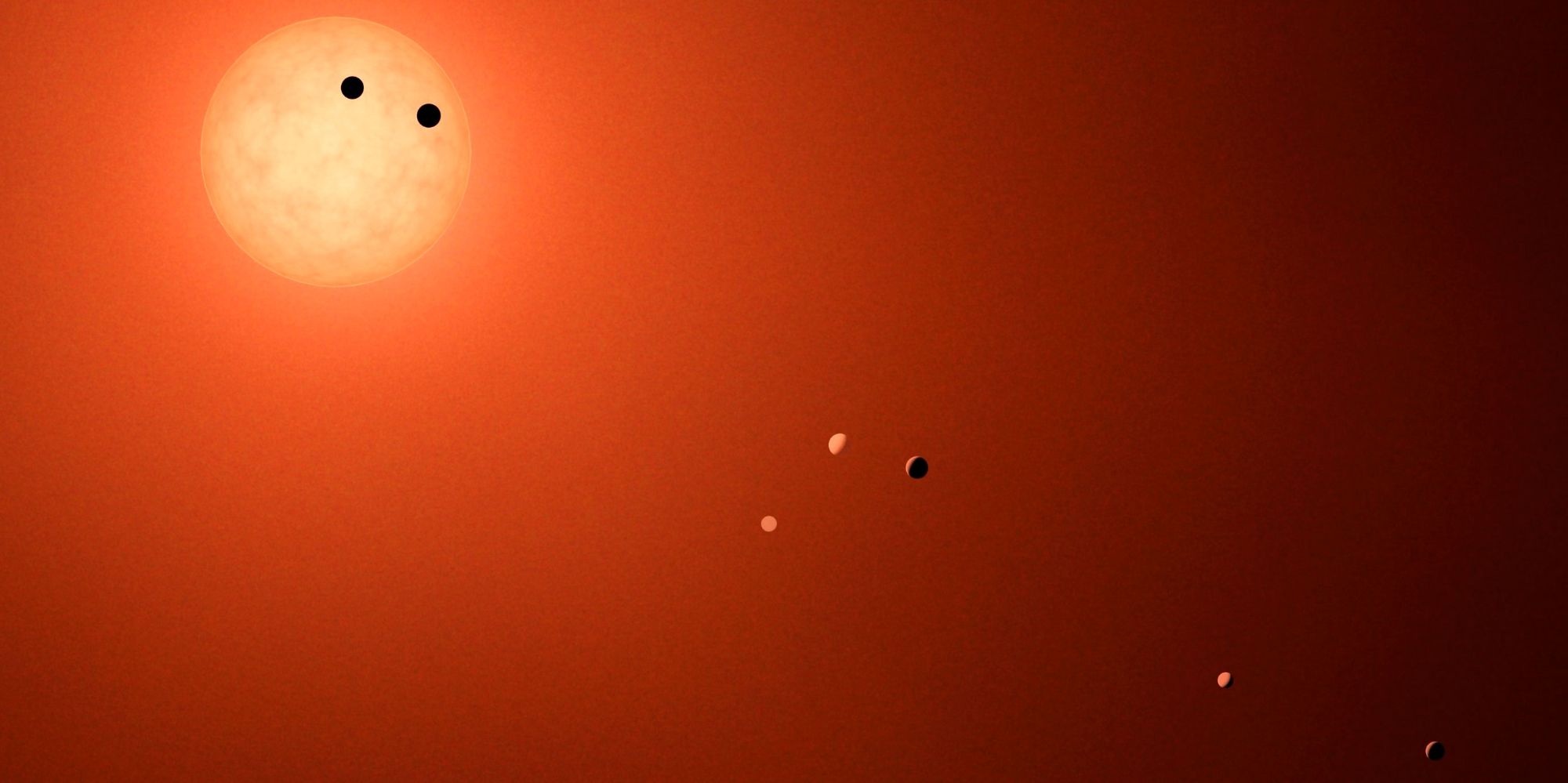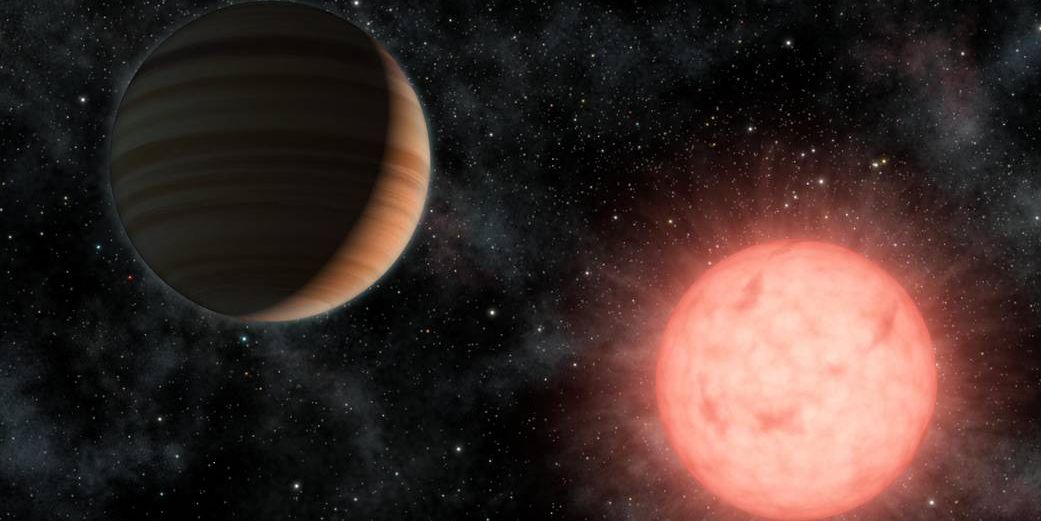Scientists believe that the Milky Way is home to billions of planets, and in the endless quest to uncover all of them, over 300 new discoveries were just added to NASA's official list. The scale of outer space is quite difficult to comprehend. The Solar System has a diameter of around 287.46 billion kilometers and is home to eight planets (including Earth).
That sounds like a lot on its own, but our Solar System is an impossibly tiny speck compared to the entirety of the universe — and even compared to the Milky Way. It's estimated that the Milky Way (our home galaxy) is home to 100 thousand million stars and at least 100 billion planets. From there, the Milky Way is just but one galaxy amidst a sea of hundreds of billions in the known universe. This sort of scale is incredibly difficult to comprehend, but it's something scientists and astronomers are constantly trying to develop a better understanding of.
That's what makes this latest announcement from NASA so exciting. To date, NASA has discovered 4,569 planets outside of our Solar System but within the Milky Way (also known as 'exoplanets'). On November 22, NASA confirmed that it just added 301 new exoplanets to that list all at once. It's an achievement that sounds borderline impossible, but it was pulled off thanks to advanced neural network technology straight out of science fiction.
How NASA Discovered 300 New Planets All At Once
Scientists have developed a few methods for finding exoplanets, one of which revolves around studying stars. If a star dims slightly while being observed, there's a possibility it's because a planet is orbiting it. It's a proven method for determining a potential planet's size and orbit, but the sheer number of possible stars to study is too much for humans alone to handle. That's where NASA's 'ExoMiner' program comes into play.
ExoMiner is a deep neural network created by NASA to look at potential exoplanet data and determine if they're real or false positives. ExoMiner was trained using proven discovery methods and "properties human experts use to confirm new exoplanets." It takes this information, gets smarter by reviewing previously confirmed exoplanets, and uses all of that information to identify new ones at a rate no single human could ever match. Using ExoMiner alongside people who are "pros at combing through data and deciphering what is and isn't a planet," NASA was able to churn out 300+ discoveries like it was nothing. All of the 301 exoplanets confirmed by ExoMiner were first discovered by Keppler and its K2 follow-up mission. The planets were all promoted to 'candidate status,' but until ExoMiner came along, NASA didn't have the resources to confirm whether or not they were indeed planets.
This is exciting for a couple of reasons. In the case of this latest discovery, confirming 301 new planets in one swoop is a huge achievement. It may be a small dent in uncovering the billions of planets believed to exist in our galaxy, but it's a bigger step forward than NASA's ever taken before. That's also what makes the future of ExoMiner so thrilling. With these 301 planets confirmed, NASA can train ExoMiner to work on other discovery missions. After finding planets with Kepler data, the next plan is to train ExoMiner to work with TESS (the Transiting Exoplanet Survey Satellite) and confirm potential exoplanets it finds. With each new planet giving scientists a better understanding of the galaxy we live in, the possibilities of ExoMiner are pretty jaw-dropping.
Source: NASA


